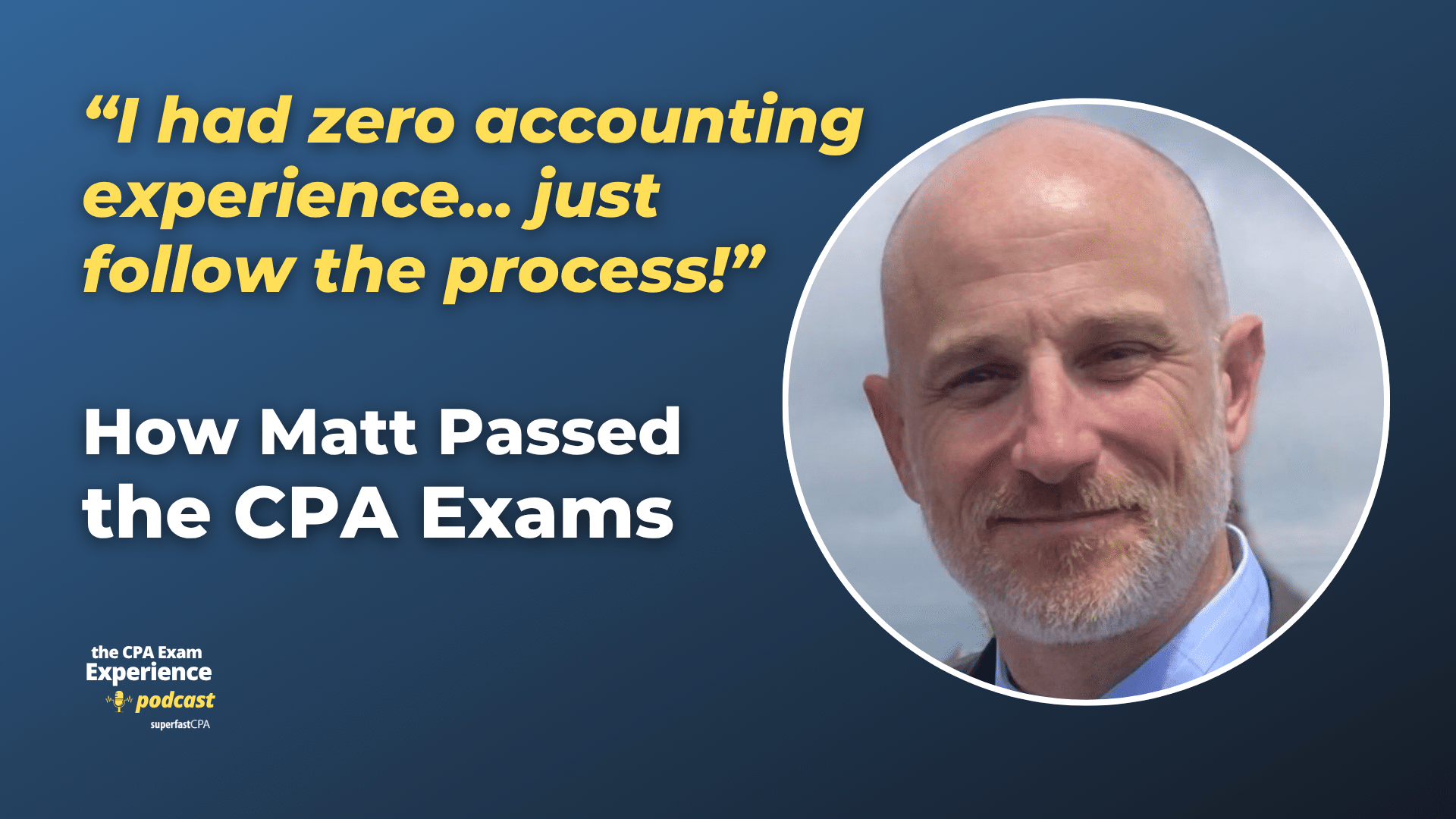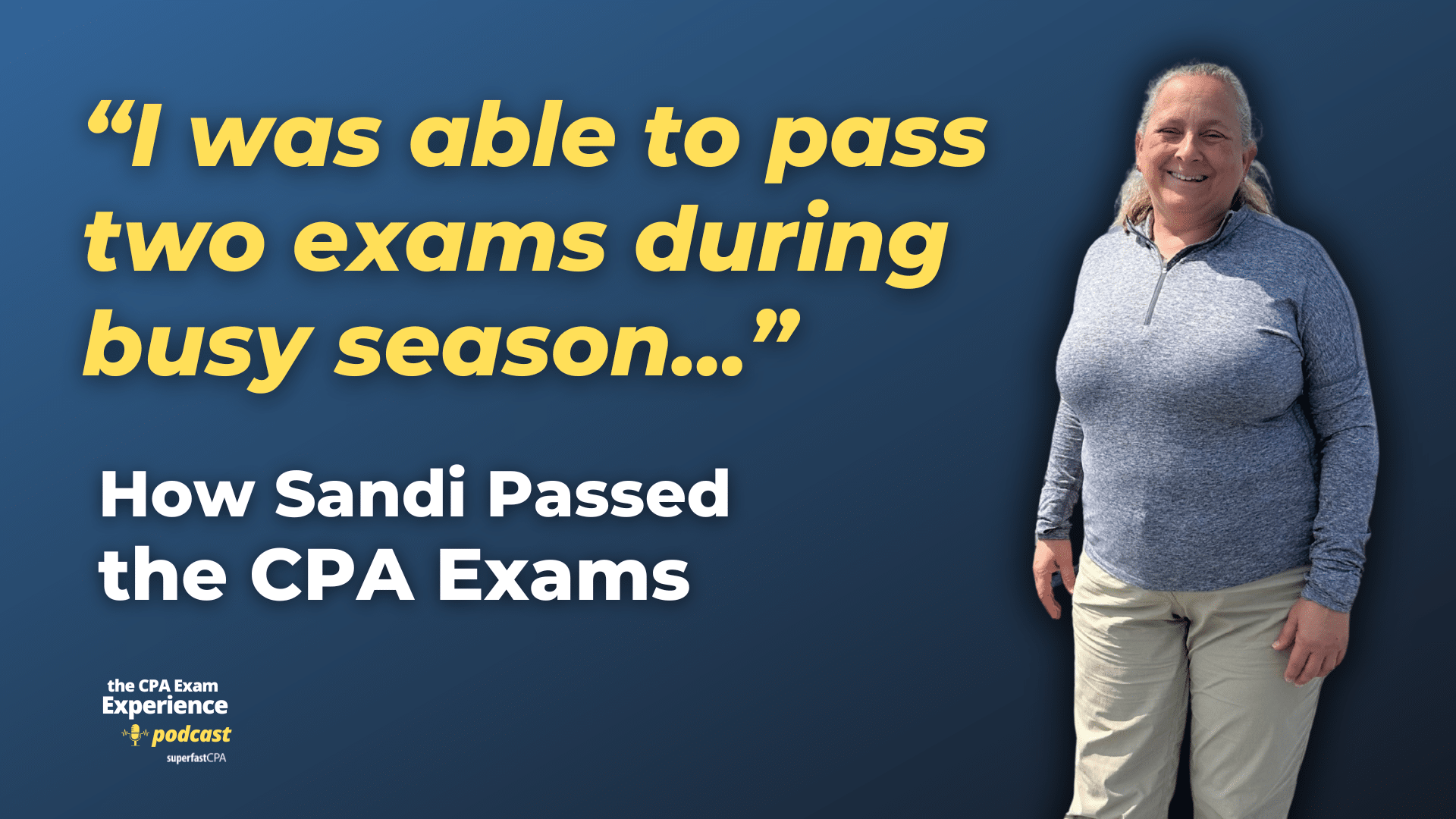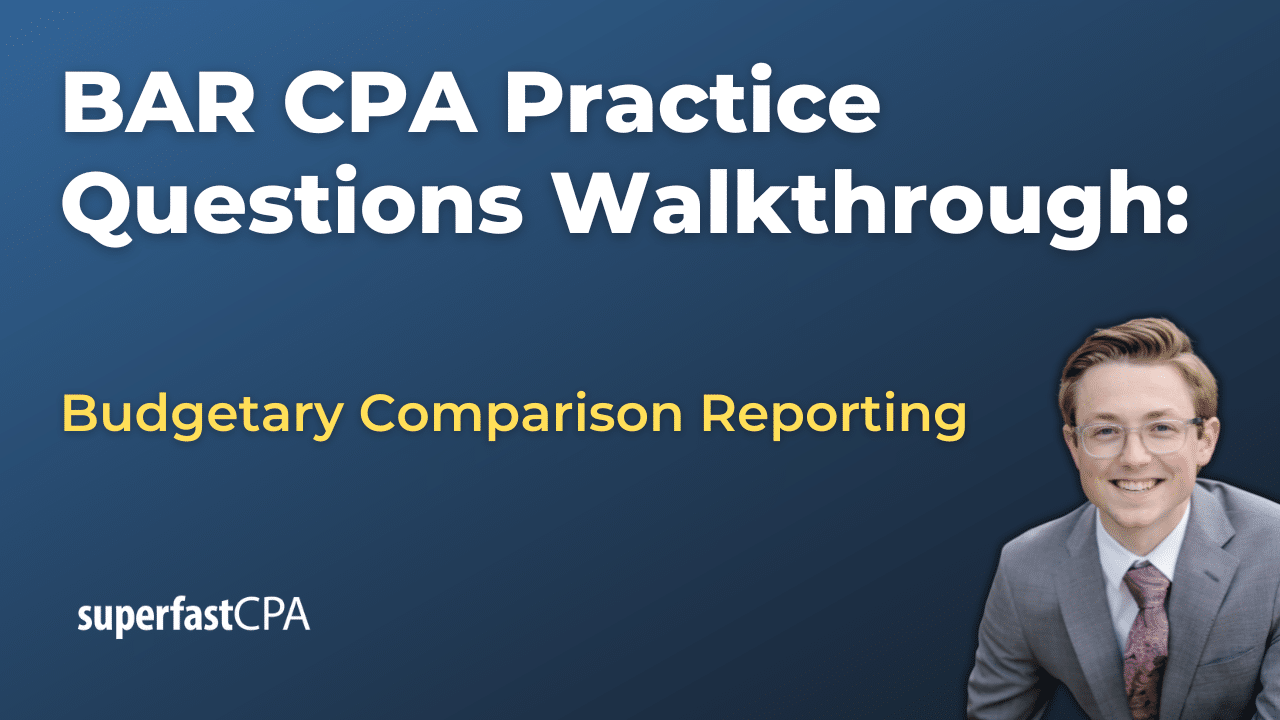In this video, we walk through 5 BAR practice questions teaching about identifying reportable segments. These questions are from BAR content area 2 on the AICPA CPA exam blueprints: Technical Accounting and Reporting
The best way to use this video is to pause each time we get to a new question in the video, and then make your own attempt at the question before watching us go through it.
Also be sure to watch one of our free webinars on the 6 “key ingredients” to an extremely effective & efficient CPA study process here…
Identifying Reportable Segments
When preparing segment disclosures, companies must determine which parts of their operations are large enough to be reported separately. The accounting guidance lays out clear criteria — commonly called the 10% tests and the 75% sufficiency test — that help ensure users of financial statements receive meaningful information about a company’s major lines of business.
The 10% Tests
An operating segment is considered reportable if it meets at least one of three thresholds. Each test compares the segment’s figure to the total of all operating segments combined.
1. Revenue Test
A segment is reportable if its total revenue (external + intersegment) is 10% or more of all segments’ combined revenues.
Example: Suppose a company has total segment revenues of $400,000. Segment A has $220,000, Segment B has $120,000, and Segment C has $60,000. The 10% threshold is $40,000. All three segments qualify because each exceeds the cutoff.
2. Profit or Loss Test
A segment is reportable if its profit or loss (absolute value) is 10% or more of the greater of:
- the combined profits of profitable segments, or
- the combined losses of unprofitable segments.
Example: If Segment X earns $80,000, Segment Y earns $20,000, and Segment Z loses $50,000, then the combined absolute figure to test against is $100,000 (the greater of $100,000 profits vs. $50,000 losses). Any segment with a profit or loss ≥ $10,000 qualifies.
3. Assets Test
A segment is reportable if its assets are 10% or more of the total assets of all segments.
Example: If total assets are $1,000,000, then any segment with $100,000 or more in assets qualifies.
The 75% Sufficiency Test
Even after identifying reportable segments under the 10% tests, a company must confirm that these segments together account for at least 75% of consolidated external revenues.
Example: Assume total external revenues are $600,000. The 75% threshold is $450,000. If the reportable segments identified so far only contribute $400,000 in external revenues, then the company must designate at least one additional segment as reportable.
Key point: Only external revenues count for this test. Intersegment (internal) revenues are excluded.
Putting the Rules Into Practice
The criteria work together in practice:
- A large segment usually qualifies under the revenue test.
- A smaller segment may qualify under the assets test if it holds a significant share of total assets.
- A segment could qualify under the profit or loss test if it shows standout results compared to others.
- Once those are identified, the sufficiency test ensures that external revenues are adequately covered.
Why These Criteria Matter
These rules ensure that financial statement users — such as investors and regulators — receive a meaningful breakdown of a company’s operations. Without them, companies could omit significant parts of their business, limiting transparency about how revenues and resources are distributed.
Summary
A segment is reportable if it passes at least one of the 10% tests (revenue, profit/loss, or assets). Then, the 75% sufficiency test ensures that reportable segments together cover three-quarters of the company’s external revenues. If they do not, additional operating segments must be added until the requirement is satisfied.









